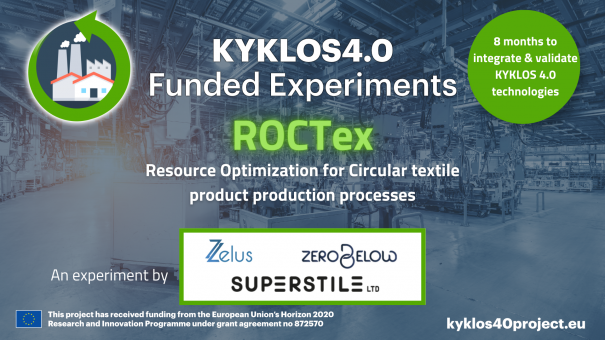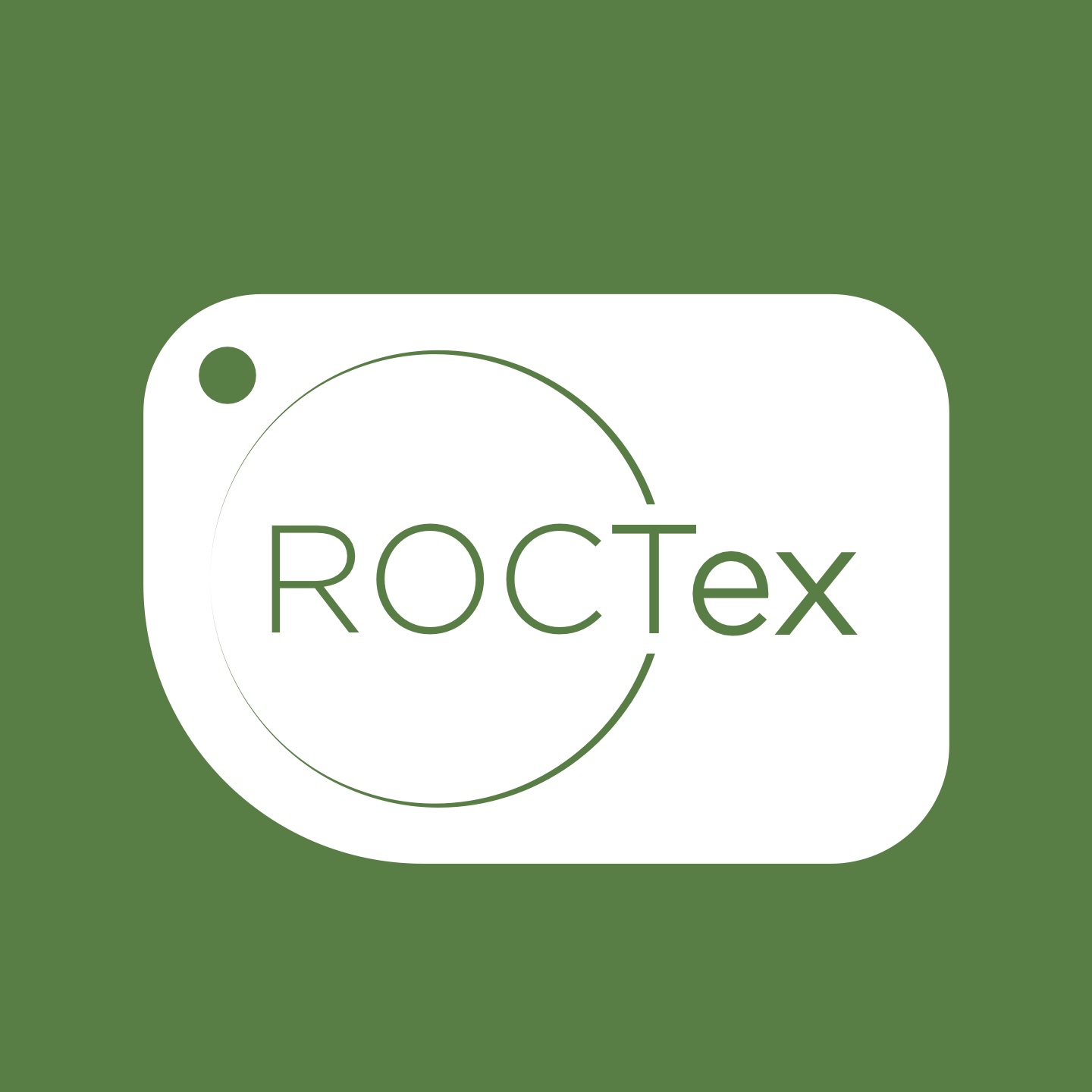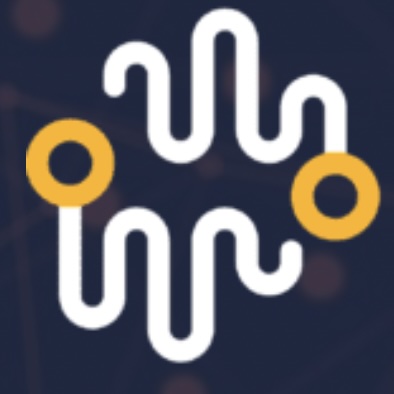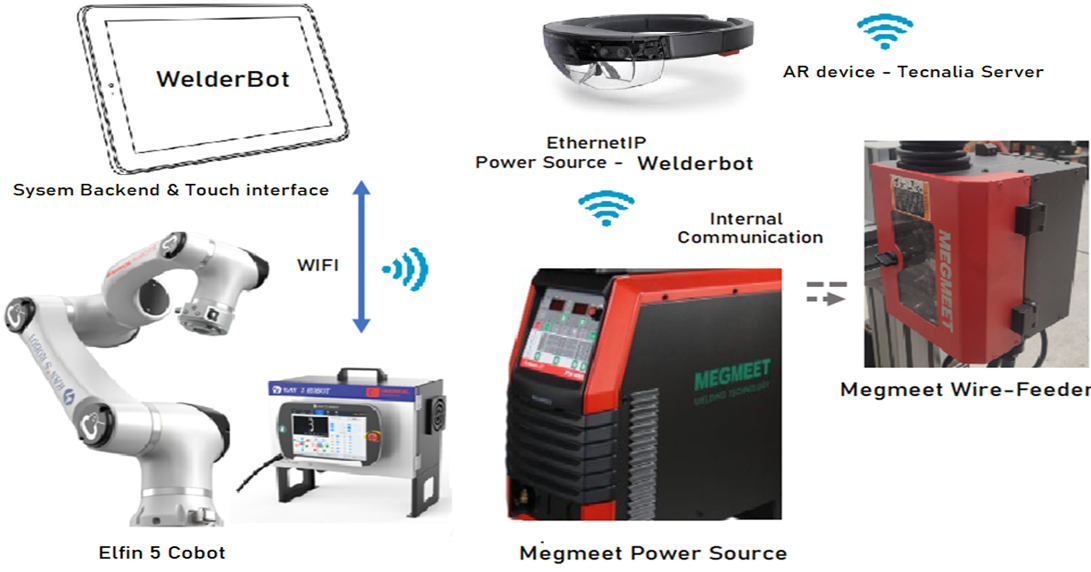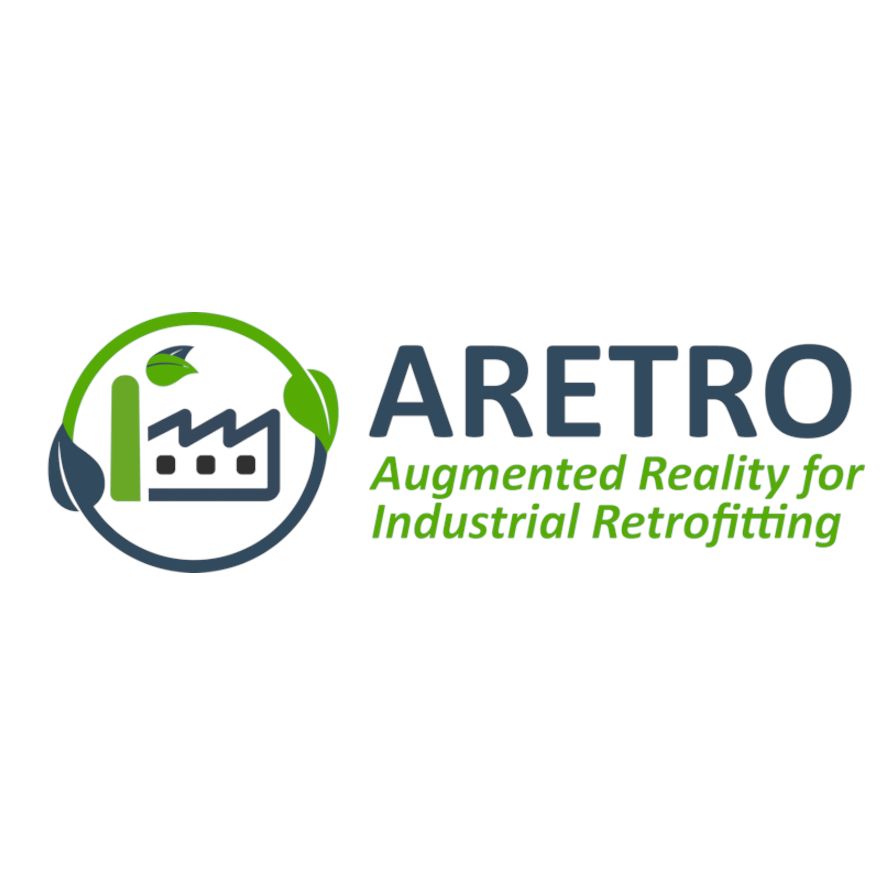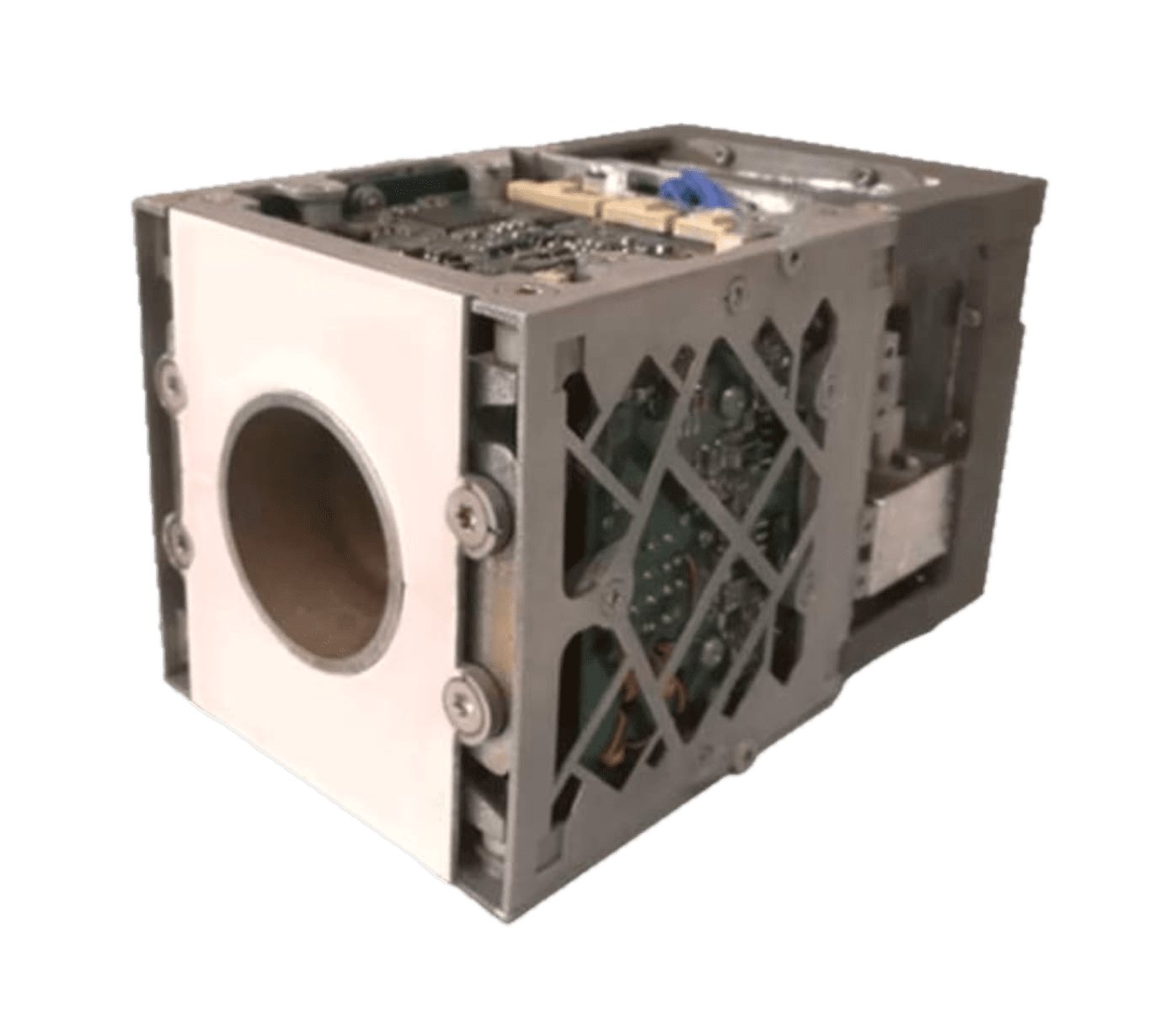ROCTex is a platfrom that helps clothing brands (producers):
- collect all necessary data related to their products. Our web-served platform allows them to gather and “plug” all their suppliers in one place and collect all relevant information for simulating their products and getting insights on the generated waste, as well as their impact on climate in terms of CO2equivalent. The information collection can be done manually (necessary in the case of artisans or/an small producers with no automated production) or digitally through an API linked to the production machines (if available).
- package the information collected in one place and create a Digital Product Passport (DPP) for each item they produce. The DPP can be saved in the same platform and accessed via a QR code or a link by any interested party.
A future extension of ROCTex will be to enable consumers participate in the platform and add their input with regard to the use of the clothes they buy/resell/upcysle etc closing the data gap currently existing in the use phase of a garment’s lifecycle. Such a feature will strengthen the possibilities of producers to influence and better manage their products in order to conform with the upcoming Extended Producers’ Responsibility obligations.
Regarding the circular indicators:
CIR1 – ROCTex tracks the use of resources and simulates their CO2 impact. The users can model multiple products and decide on the most efficient mix. They can also get insights on the waste generated during the manufacturing process and get recommendations for reducing it.
CIR3 – The users get insights on the energy and material waste generated during the manufacturing process and get recommendations for reducing it.
CIR5 – The embedded LCA engine provides a CO2equivalent calculation of each product information import. Having this insight, the manufacturers can find out ways to reduce the total emission levels of their products.
